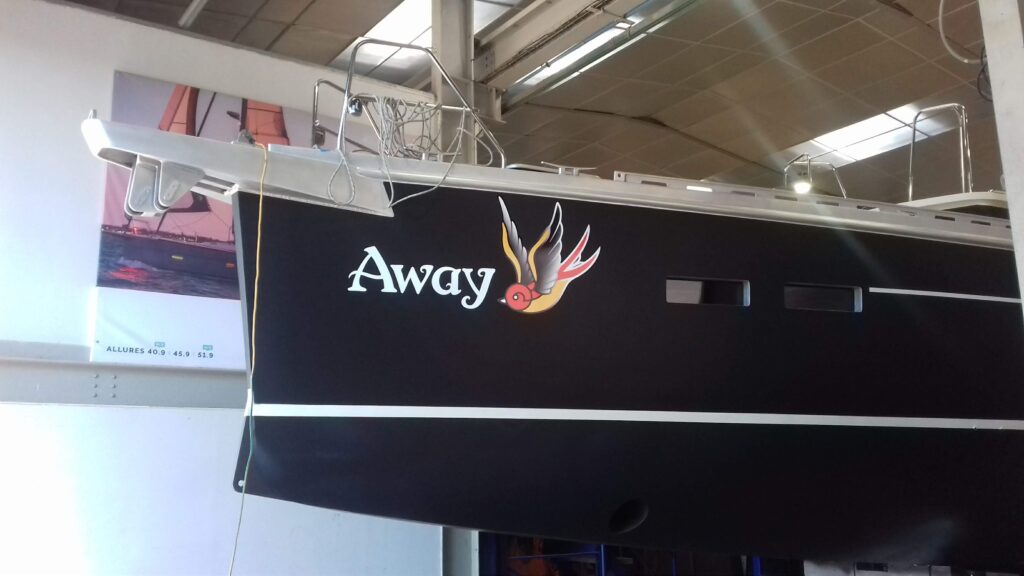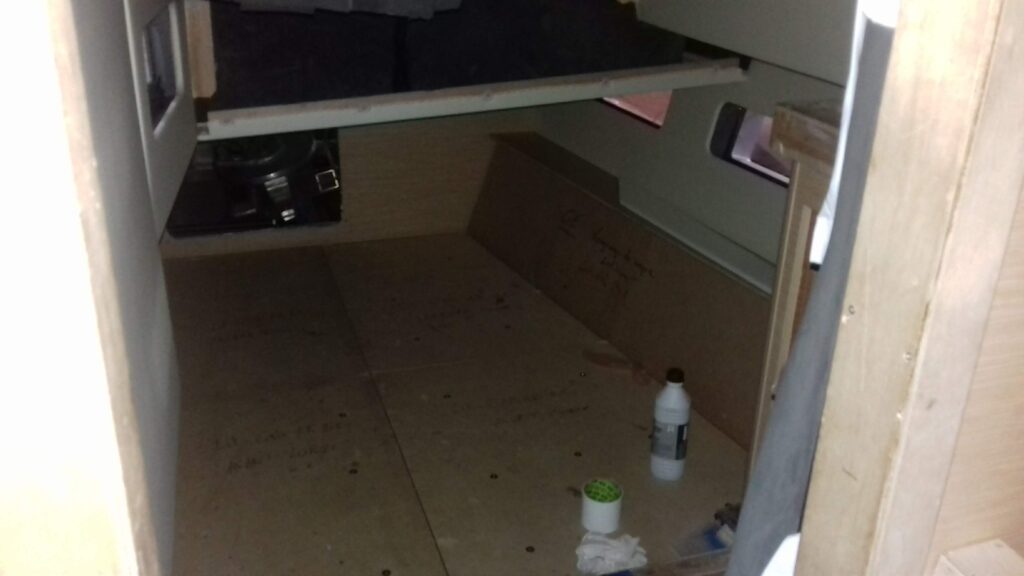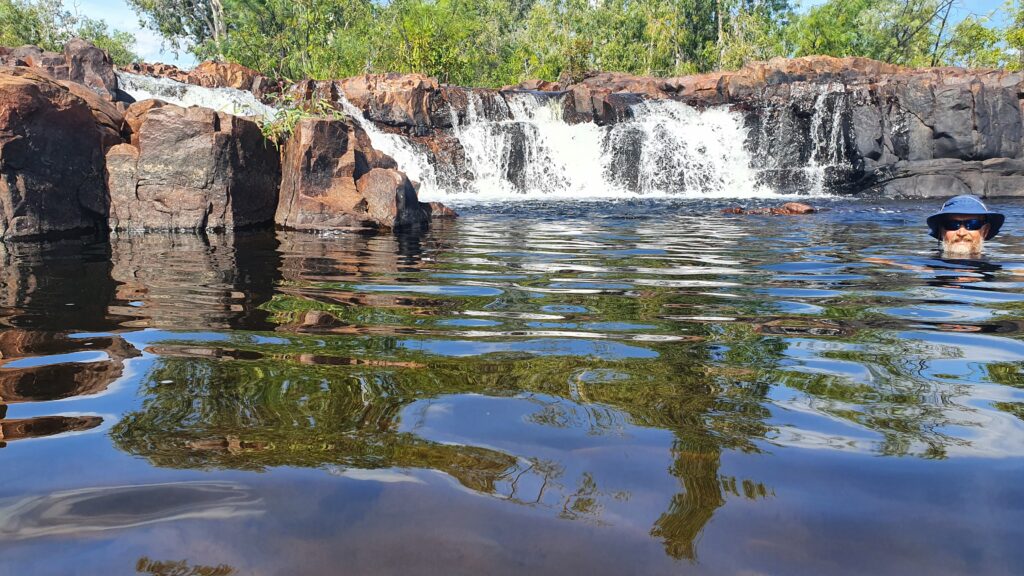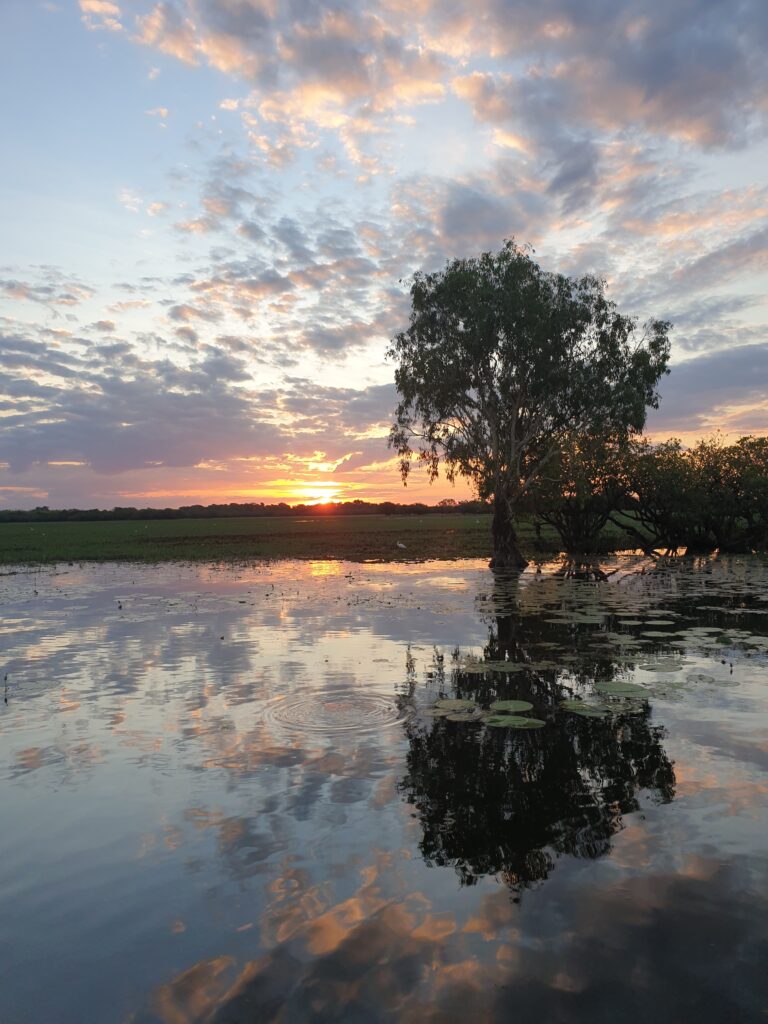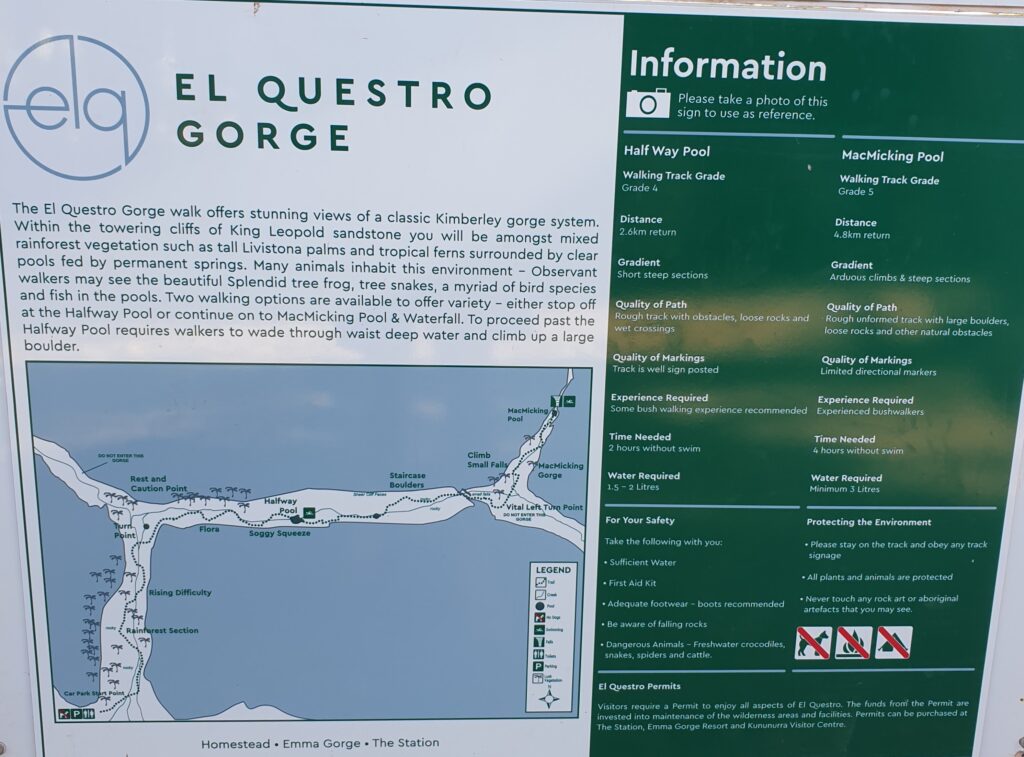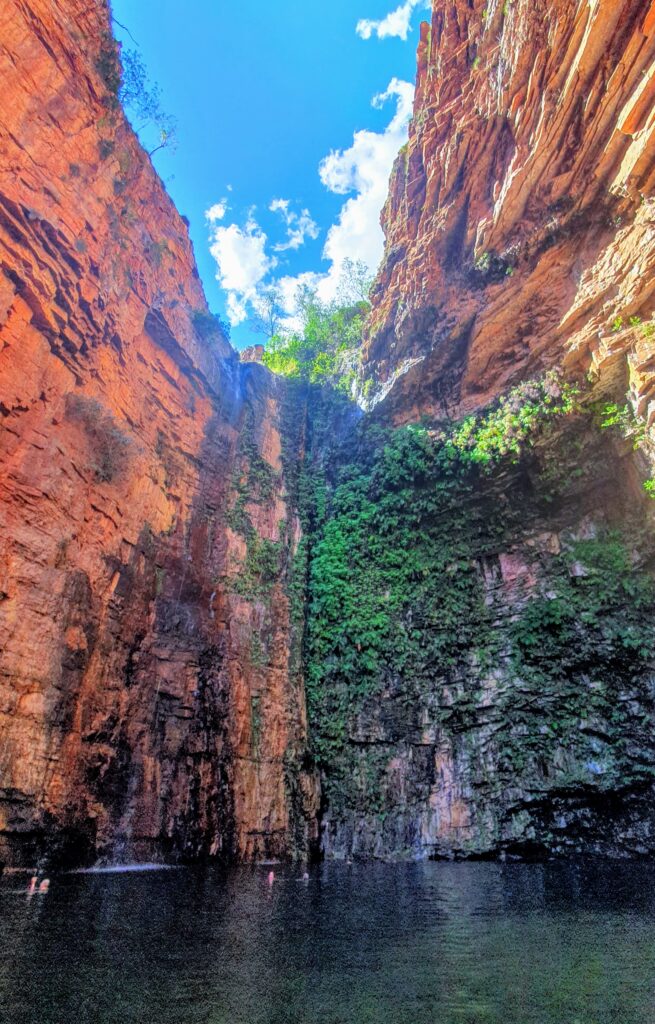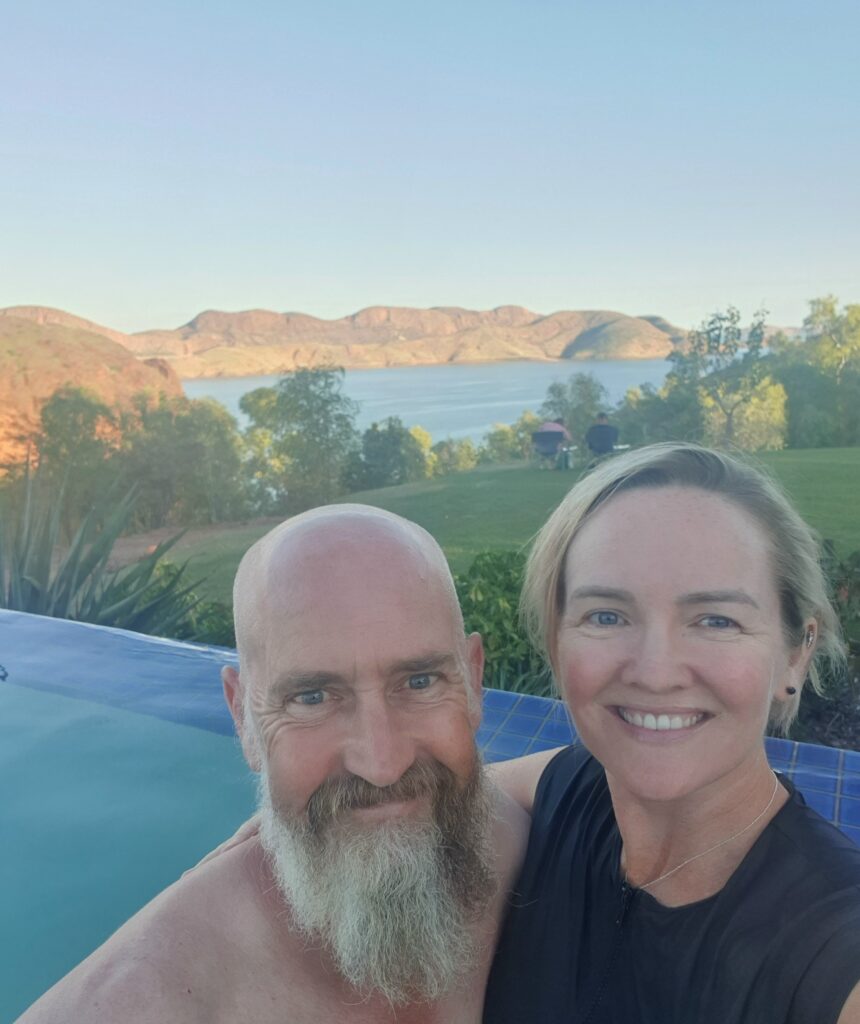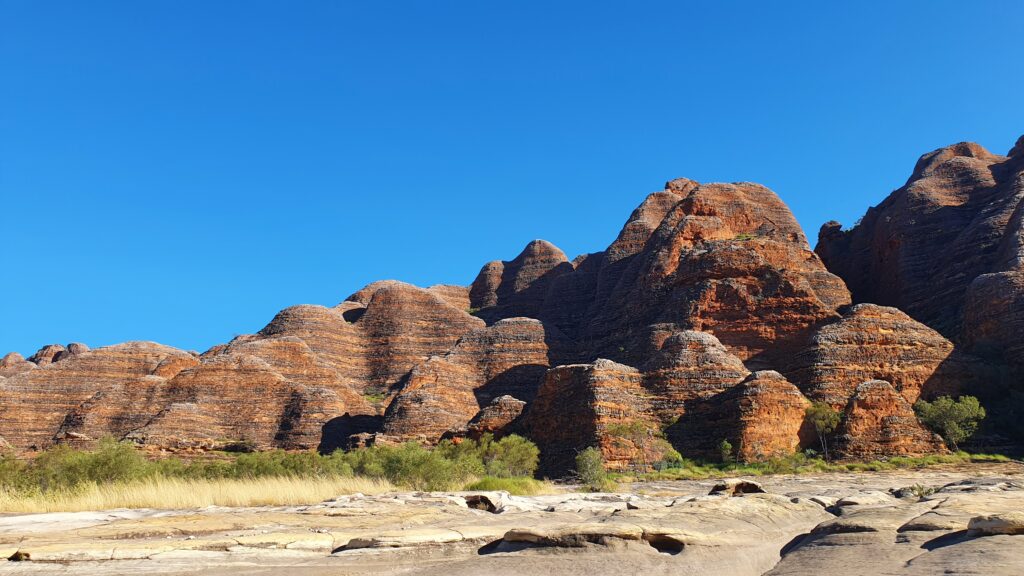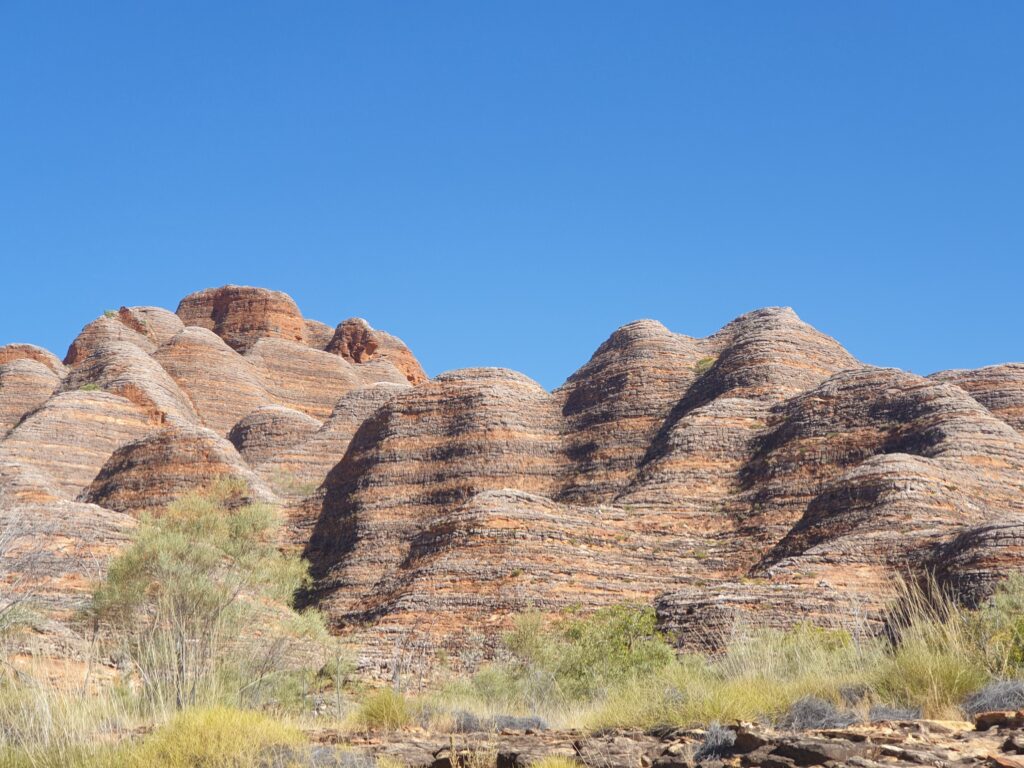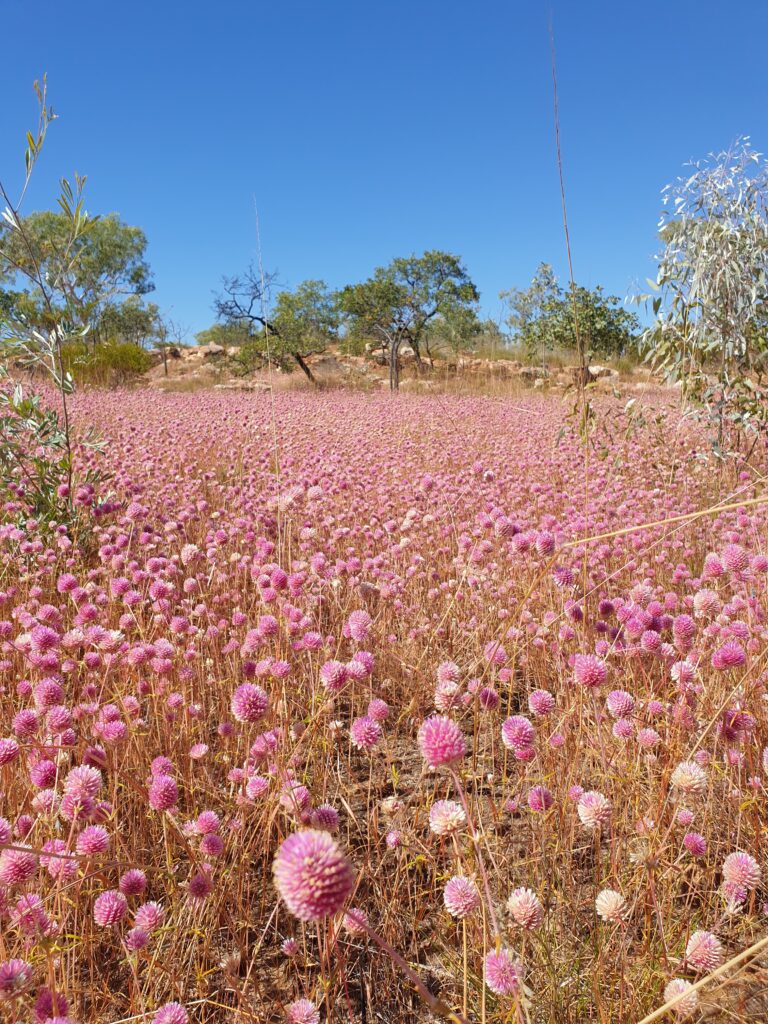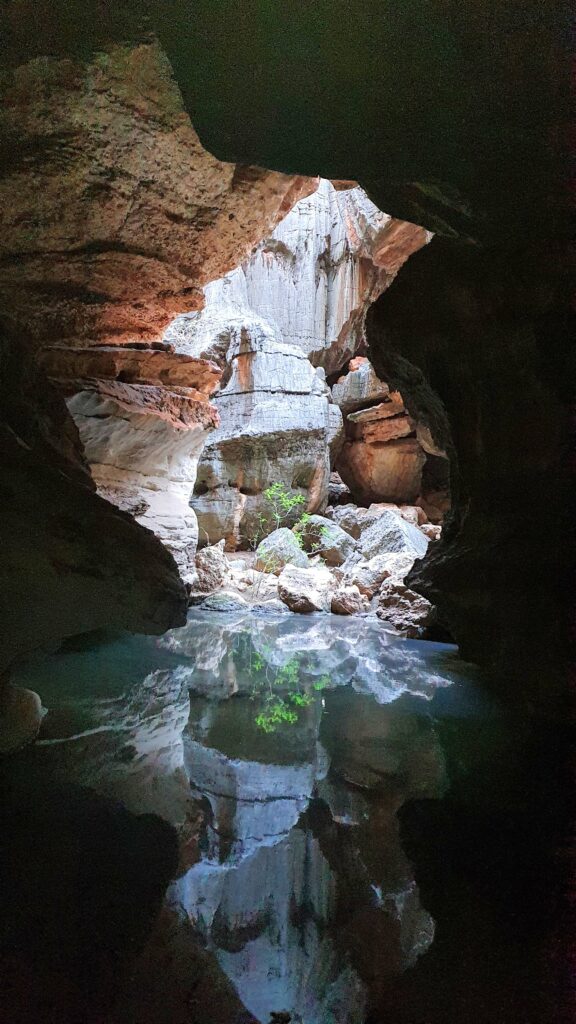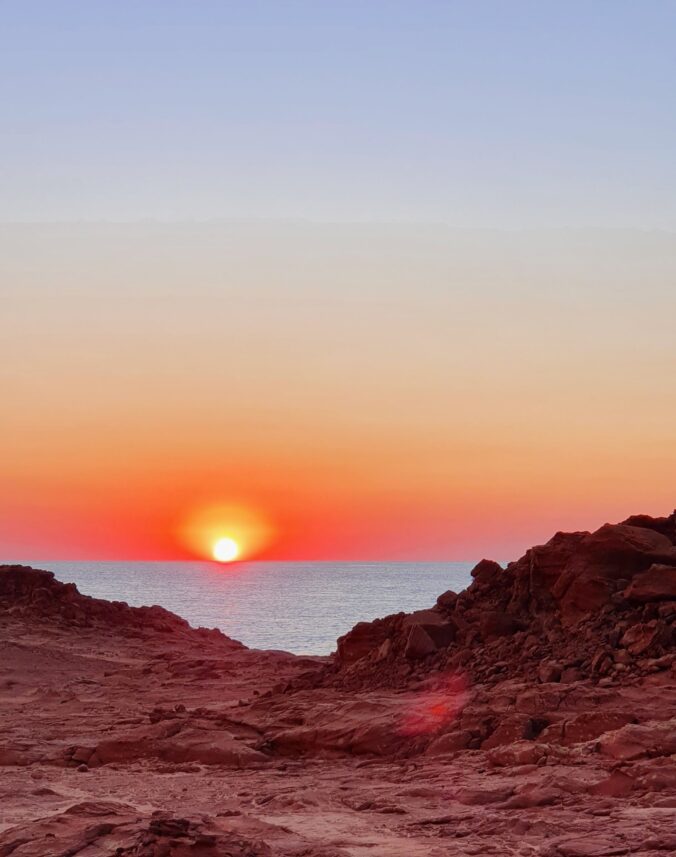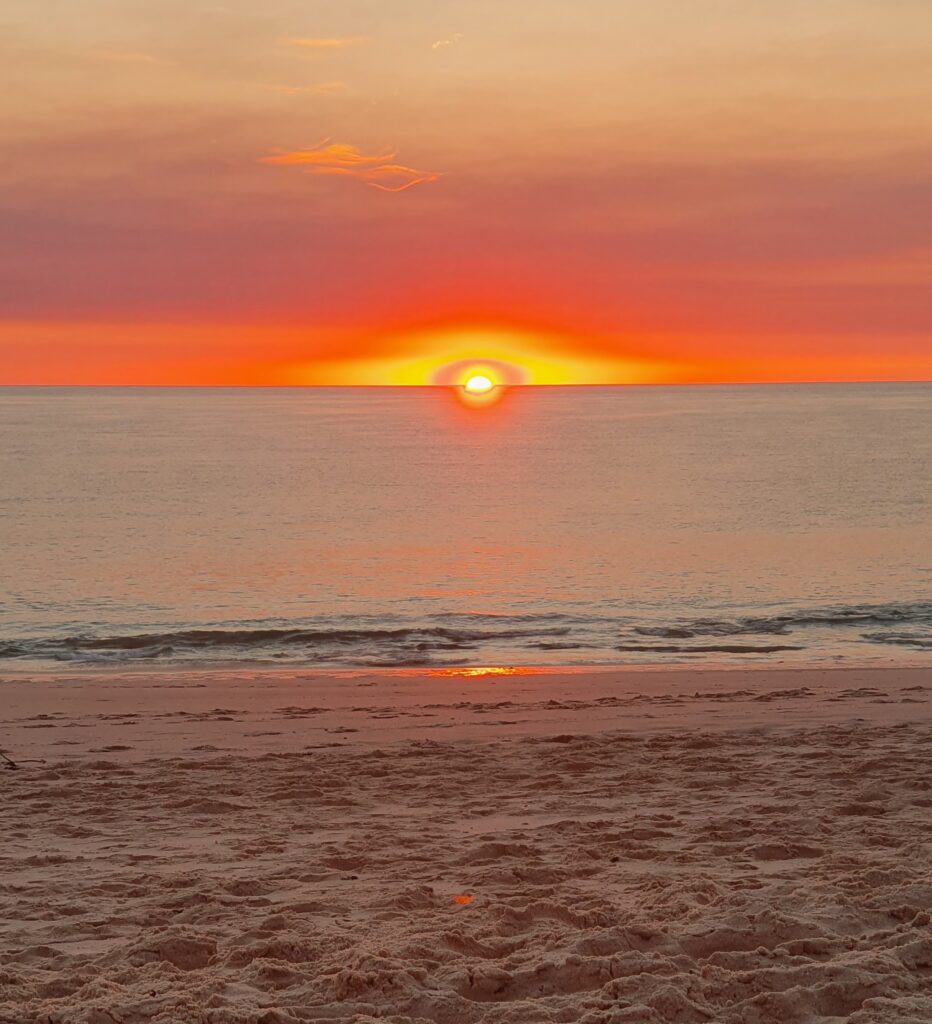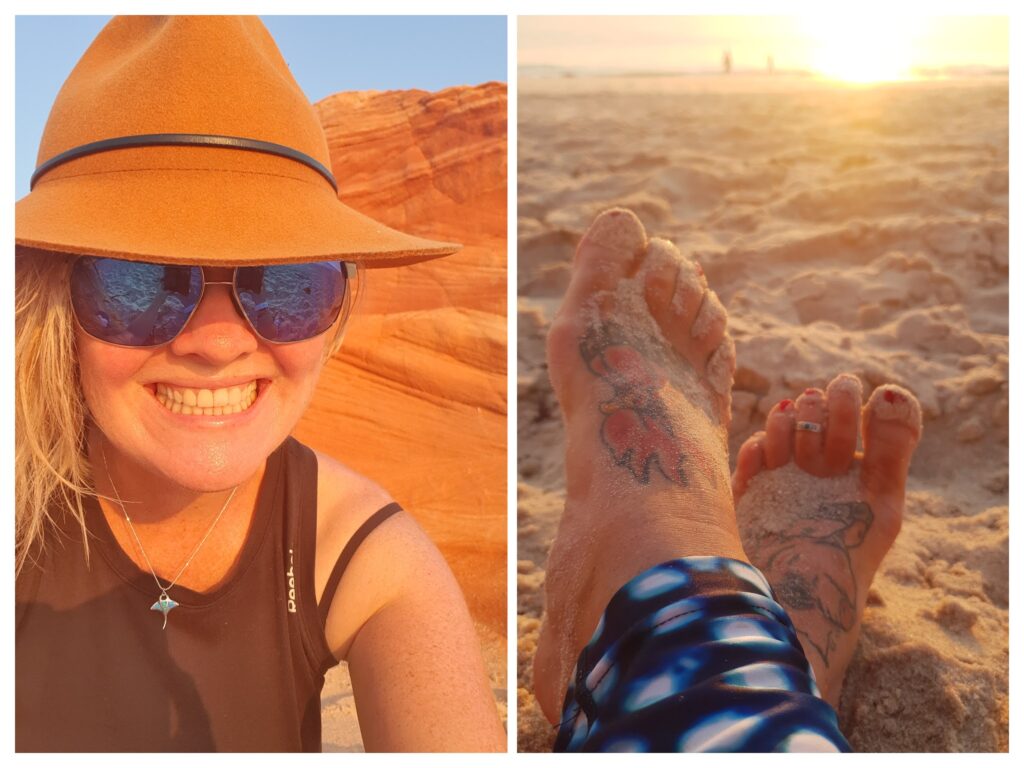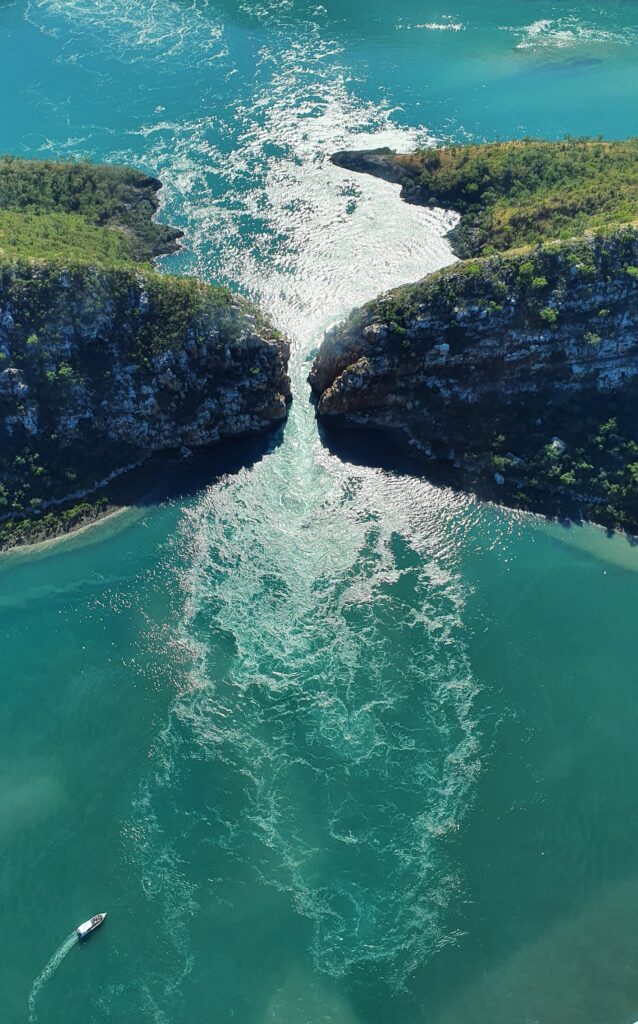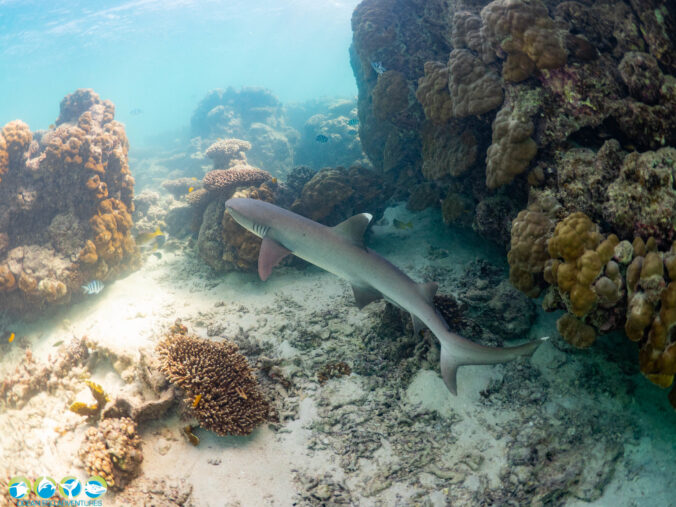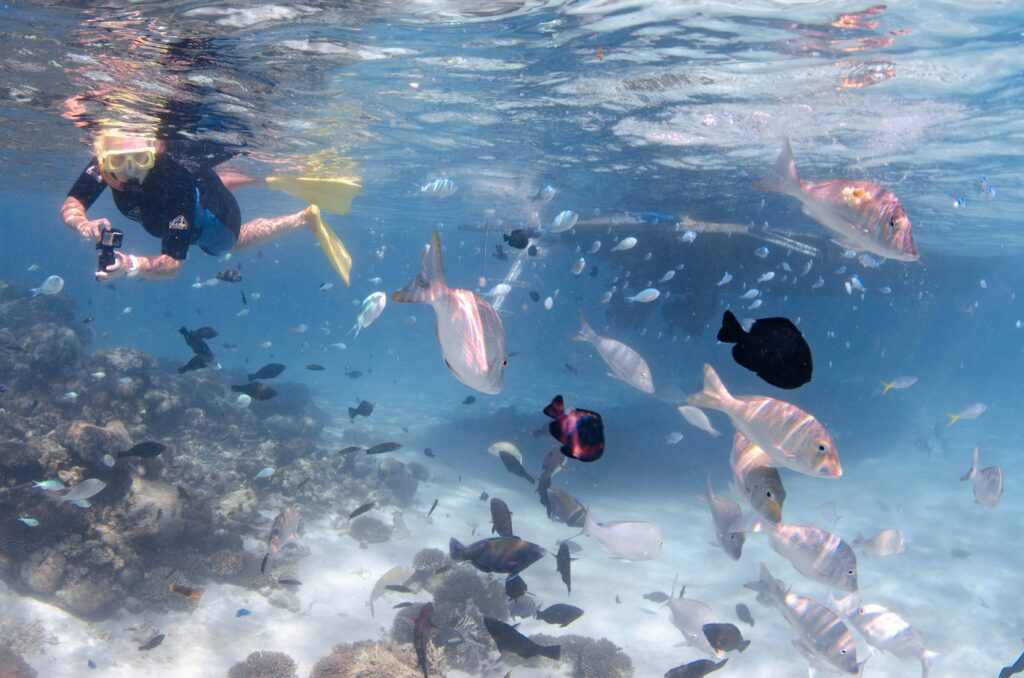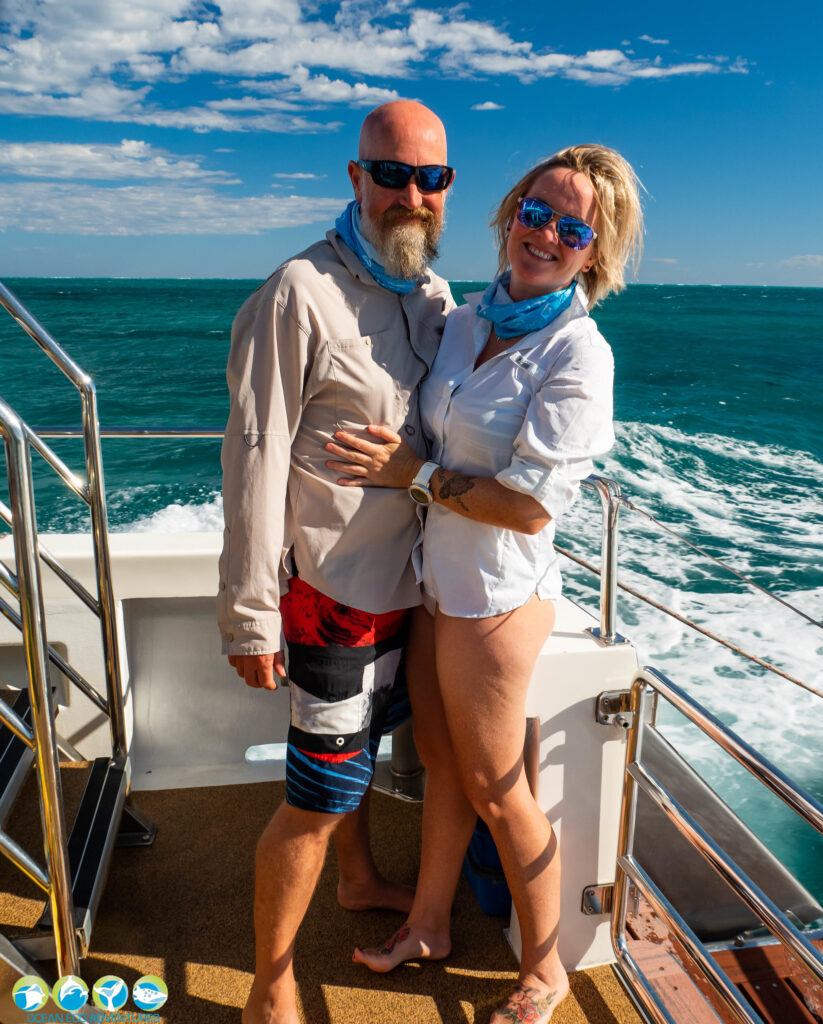
By Fi
I’m genuinely not sure that the puns using the boat name are ever going to stop… but I expect they will have to because there are only so many variations using the word “Away” that my brain can compute.
Again, its been a while between posts but for good reason! We got Away! And its been hectic. I’ve taught the boat yard folks doing the handover with us a new phrase – “Drinking from the fire hose” – because that is how it has been feeling.

Our first two days on Away (Thursday and Friday), entailed getting to know the boat a little so we could sleep and cook and do the necessary. We also moved all our belongings (12 boxes plus suitcases) on to the boat and tried to get as much of it put into logical places. Easier said than done when the lockers are all different shapes and sizes, and also there is storage under storage, under beds, under floors etc.
We learned about the systems and did a lot of testing. Then we had the weekend to really unpack and settle in, and take the 25 minute walk to the shops over and over again for supplies, and the supplies we inevitably forget. I promise I will include some nice inside photos in a sec.

Day 3 and 4 were spent on the harbour here in Cherbourg, hoisting sails, testing the single line reefing system on our mail sail (used to reduce the amount of sail for windy conditions), testing the stay sail, the solent and the gennaker. All working so well and we love how the boat sails (thank goodness because prior to now, we didn’t actually know how it sailed).
Here you can see our beautiful red gennaker looking fabulous against the ocean and our black hull.
We also spent time doing some “close quarters manoeuvring” – or in other words, trying not to hit other peoples boats while we try to dock ours.

I was up first for close quarters work, and with the help from Kevin (our handover specialist) I parallel parked the boat a few times, using the bow thruster and getting the feel for the dual rudder system. I wasn’t allowed yet to reverse the boat into our slip, mainly because neither of us had seen it done before, and the space between the dock on one side is about 20cm, and the neighbours boat on the other side is about 20cm, so you can imagine Kevin preferred to show us how it was done, prior to either of us giving it a bash – literally. Apparently this is as tight a slip as we will see anywhere, so if we can reverse into this slip, we’re going to be well set up.
Here is Bernie and I happily looking out for crab pots while I helm on our first day sailing. Needless to say there are no photos of us doing close quarters manoeuvring we’re a little busy (read stressed).
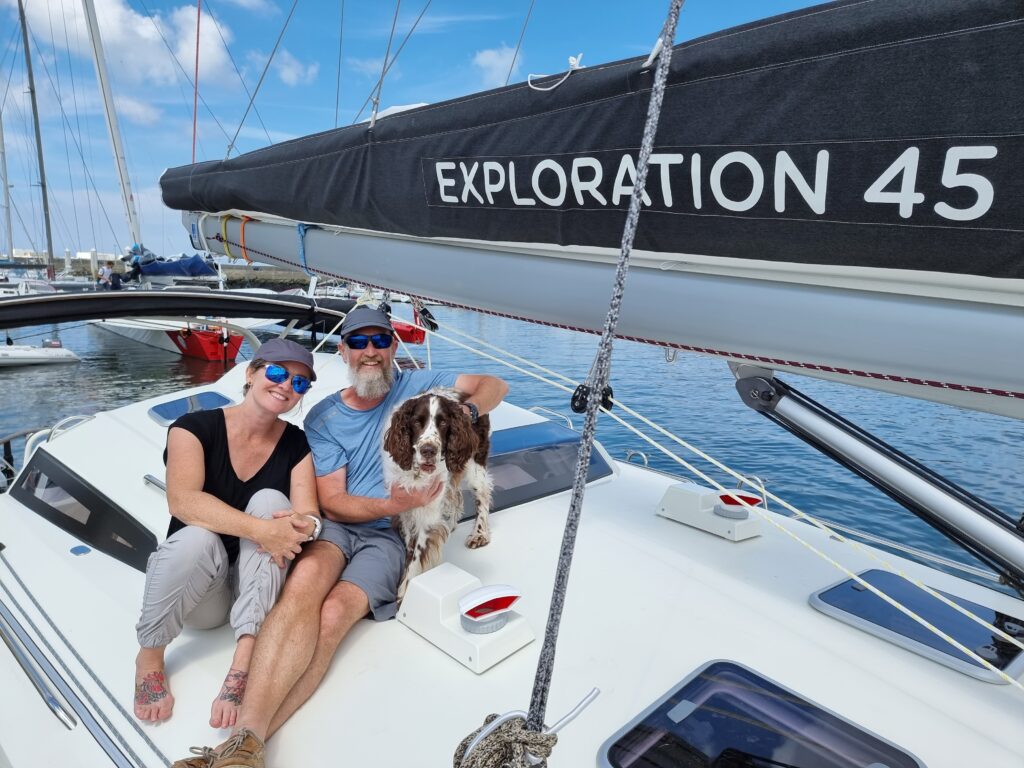
Adrian was up the next day (our last day) to practice some manoeuvring as well, and we had a chance to ask some final questions. Not to be outdone by me, Adrian was this time allowed to reverse the boat into our slip, and did so like a champion. I have dubbed him the official reverse parker of the boat now. To be fair, a few days later I would have my own chance to reverse the boat in and would do so successfully.
Here we are after some successful docking practice. Successful meaning I managed to lasso the cleat on the dock by throwing the docking line over it from the boat while Adrian, driving the boat towards the dock, didn’t hit anything. Oh, and Bernie didn’t jump off the boat mid docking manoeuvre to say hi to everyone. Happy days.

So after completing the final systems check, both of us having helmed, docked and sailed the boat, we signed the paperwork and Away is officially our home. The next few days we spend working with Garcia on a few items that needed correcting (to be expected when building a new boat), fitting out the boat with our safety gear, moving our belongings around and around and around finding the best spots for things, and buying storage boxes – lots of storage boxes.
Again we didn’t think that would make interesting photos so here we are sailing again.
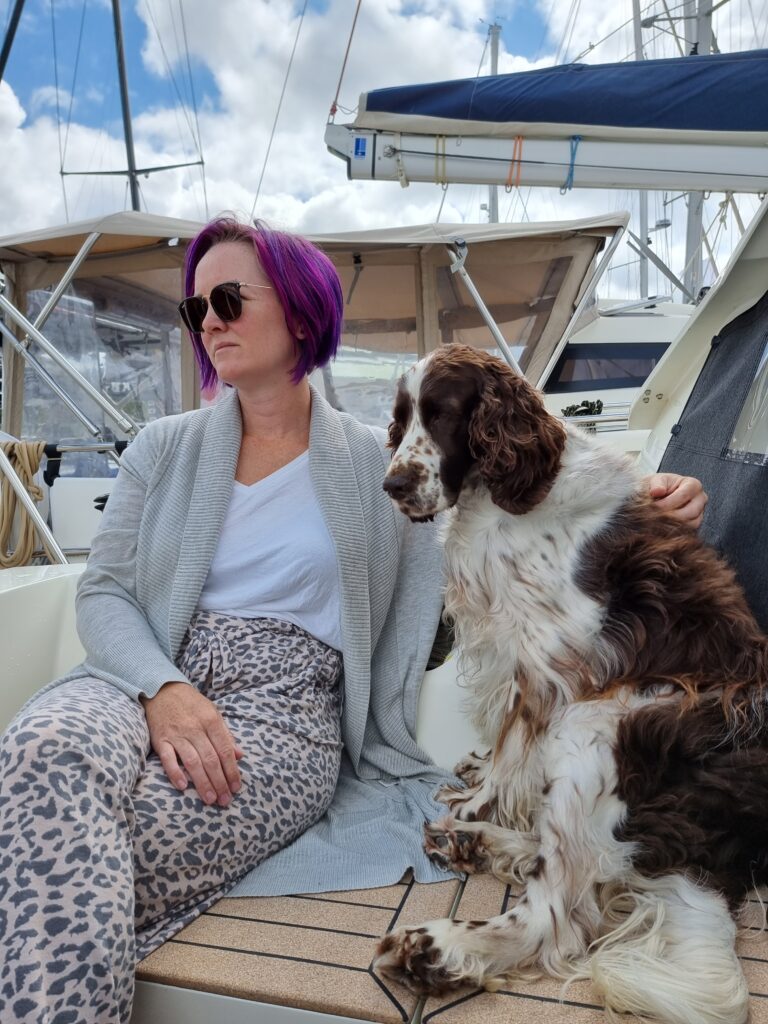
And we buy sheets and plates and storage boxes and towels and cookware and dog food and storage boxes and tools and glasses and baguettes and storage boxes and spices and a board for my magnets and hooks and storage boxes. Tiring stuff!

We also now have a book for the local area and the charts, so looking at the weather, we hope to be out exploring more of France next week or very soon thereafter. It will be excellent to get off the dock. The Fastnet race has been in town and Bernie INSISTS on jumping off and saying hello to every sailor that walks past. Horror for his introverted parents but he is having the best time. A lot of people also want to talk to us about Away and where we are from, if we like France and where we are planning to go. We feel quite popular, but it can get very busy.
Here are some nice photos of the interior and our first few days on the boat – hope you enjoy!

View from the nav desk 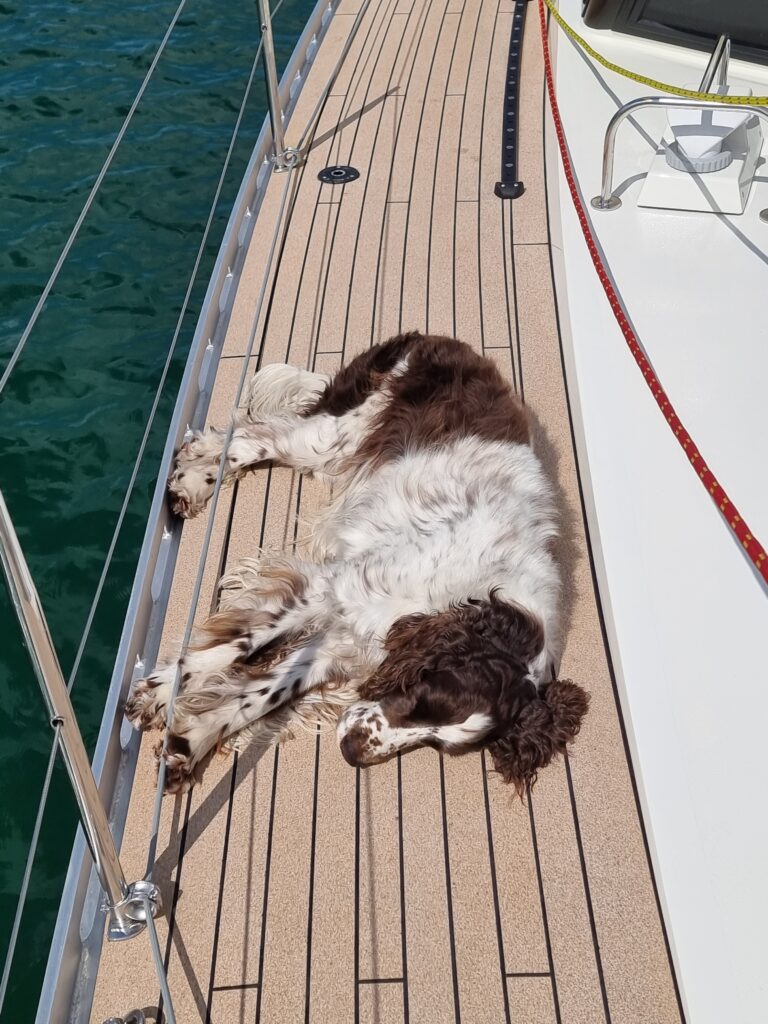
Bernie pulling his weight 
Saloon table 
V berth heads and wardrobe 
V berth heads 
Induction stove 
Aft heads 
Aft heads 
Aft shower 
Adrian doing things 
Fridge 
Engine 
V berth 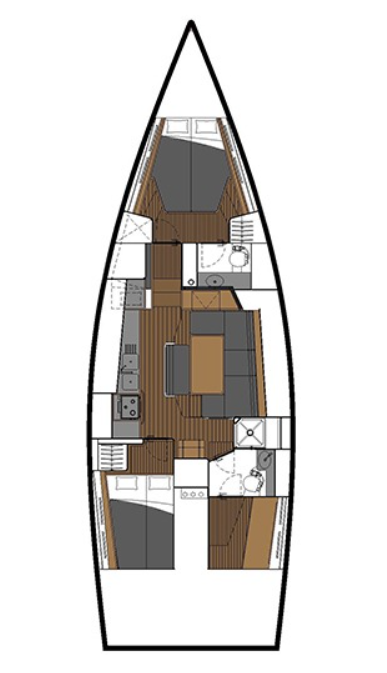

Fastnet race celebrations 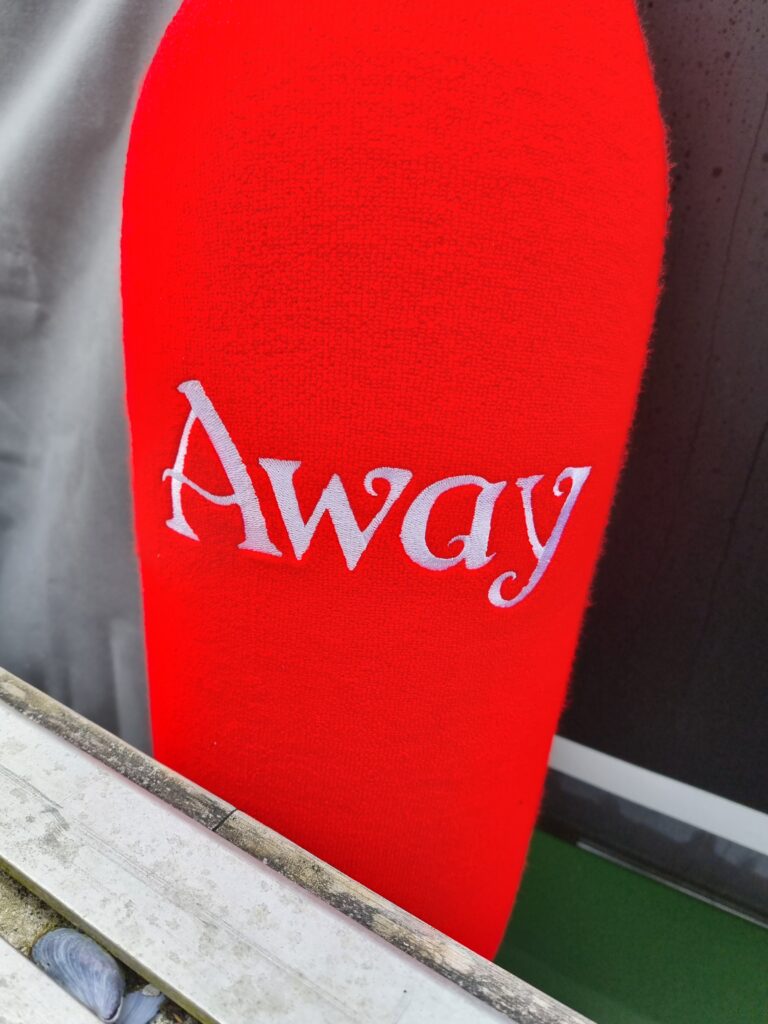
Our fenders 
Sunset view from Away of La Cite de la Mer 
Bernie being helpful while we rig up the gennaker 
Massive fastnet boat called Maserati 
Cute beach along the coast where we tested the anchor.


